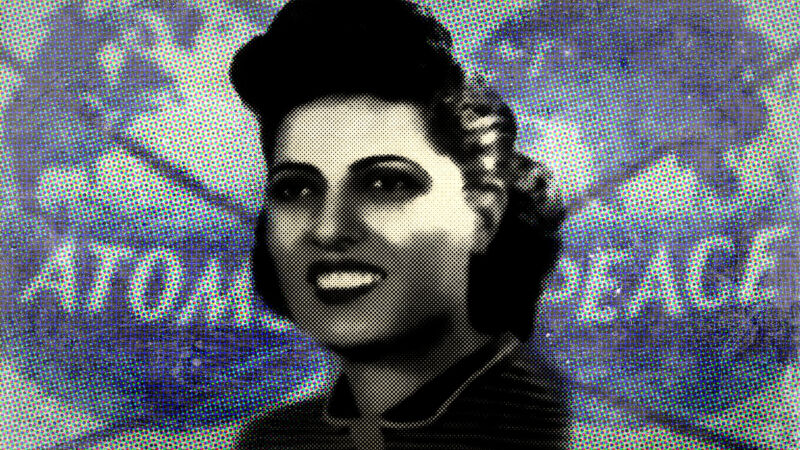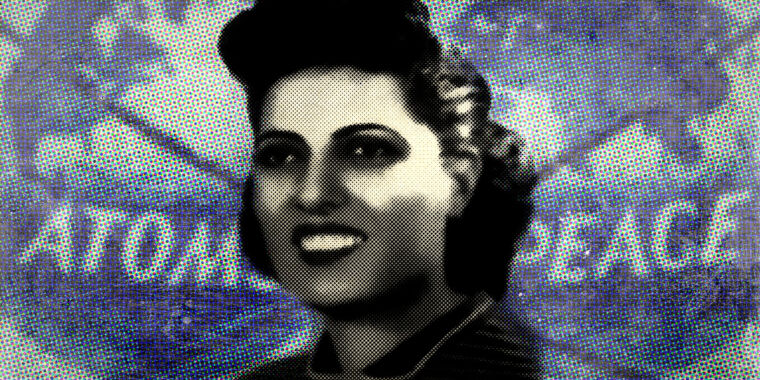
Science and the technology that makes it possible have always had a close relationship with warfare. But during World War II, the destructive power of science was taken to new heights. As the threat of nuclear annihilation remained high for much of the Cold War, many in the public grew uneasy with their governments and the scientists who worked for them.
Many physicists realized that the genie was out of the bottle and recognized – or shared – this distrust. They created conferences or drafted policies to distance themselves from the nuclear threat. Others tried to make nuclear technology more positive by focusing on the advancements it enabled in energy or medicine. These efforts to reassure the public have continued to this day as scientists have taken similar actions for newer, potentially destructive technologies such as gene editing.
During World War II, Sameera Moussa, a relatively unknown Egyptian physicist, was one of the key figures in trying to use atomic energy for good and working to involve the public in that choice. Her work makes her a worthy role model for women and physicists around the world, but she is largely unknown because her crusade for peaceful nuclear energy would ultimately cost her her life. Moussa was murdered at the age of 35 in a case that remains unsolved to this day.
Moussa’s early life and work on x-rays
Unfortunately, of the few accounts of Moussa’s life today, most are second-hand accounts or retellings of rumours, making it difficult to track her movements. She was born just north of Cairo on March 3, 1917. There is not much information about her childhood, but we know that her mother died of cancer when Moussa was young. Her mother’s death would later inspire Moussa to study the use of radiation for cancer treatments. After her mother died, Moussa and her father moved to Cairo, where her father started a hotel business. Some reports claim that Moussa’s father was a political activist, which may have inspired her later activism.
After success as a primary and secondary school student, Moussa was accepted into Cairo University’s Nuclear Physics program, focusing specifically on X-rays. Moussa could not have chosen a better field of study for the 1930s. X-rays became a popular tool for many hospitals and private practices, as it was then the norm for every facility to have an x-ray machine. In the US, this promoted the formation of many X-ray technician organizations and X-ray focused journals. Europe had an even more extensive history of developing X-rays, when scientist Marie Curie transported a mobile X-ray machine across the battlefields of World War I.
Like others before her, Moussa studied radioactive isotopes used to make medical images, a technique still used today. Her PhD work caught the attention of Cairo University Science President Moustafa Mousharafa, who recruited Moussa as a lecturer. She later became an assistant professor there, apparently becoming the first woman anywhere to teach in a university setting while pursuing her PhD. It was an almost impossible feat, as British and other foreign professors still dominated many Egyptian universities. Still, Moussa achieved a series of firsts.
Finding a formula for nuclear fission
Her reputation enabled Moussa to travel to the United Kingdom in the mid-1940s, where she received her doctorate. There she collaborated with several researchers to make further advances in nuclear physics. Moussa and her colleagues developed an equation that helped explain how X-rays could be generated from cheaper metals like copper, which could help make medical imaging more affordable. According to a 2022 Inside Arabia article, Moussa’s “research has laid the groundwork for a revolution and the affordability and safety of nuclear medicine.”
Excited by her discovery, Moussa continued to focus on medical applications, including reducing patients’ X-ray exposure times and making X-ray procedures more mobile and flexible. She said, “I will make nuclear treatment as available and cheap as aspirin.” Still, she feared that this formula could be twisted to create something much more deadly: a nuclear bomb.

